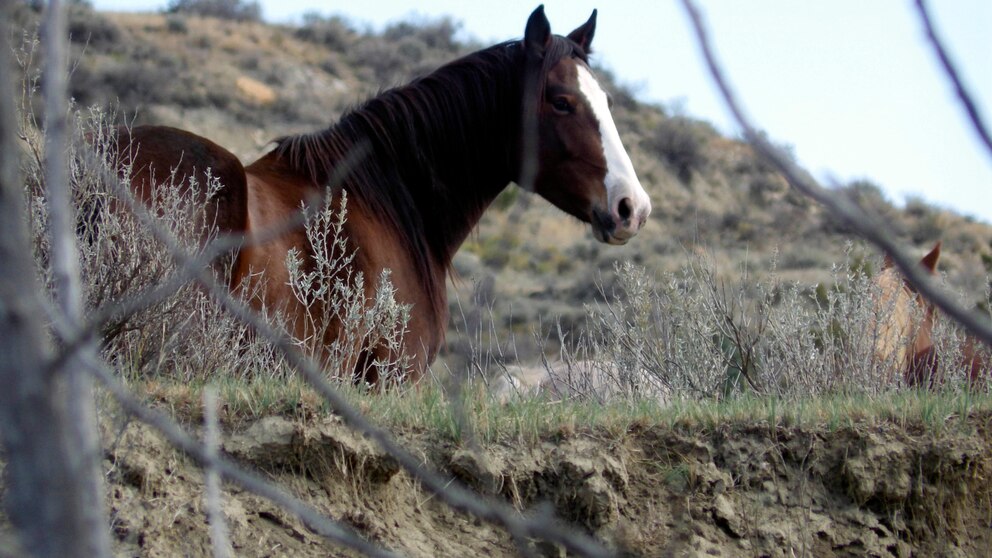Anticipated Decision on the Future of Wild Horses in a North Dakota National Park in 2022
In the vast expanse of Theodore Roosevelt National Park in North Dakota, a decision that will shape the future of its iconic wild horses is looming. The park, named after the 26th President of the United States, who was an ardent conservationist, is home to a population of wild horses that has captured the hearts of visitors and locals alike. However, with concerns about overpopulation and habitat degradation, a decision on their future is anticipated in 2022.
The wild horses of Theodore Roosevelt National Park are descendants of domestic horses that were once owned by ranchers, settlers, and the military. Over time, these horses escaped or were released into the wild, adapting to the harsh prairie environment and forming herds that roam freely within the park’s boundaries. For many, these horses represent a symbol of freedom and the spirit of the American West.
However, in recent years, concerns have been raised about the impact of the growing horse population on the park’s ecosystem. The horses graze on the same vegetation that sustains other native wildlife species, leading to competition for resources. Additionally, their hooves can cause damage to fragile habitats, and their presence can disrupt natural grazing patterns.
To address these concerns, the National Park Service (NPS) has been studying the wild horse population and its impact on the park’s ecology. The NPS has been monitoring population numbers, conducting habitat assessments, and exploring potential management strategies. These efforts aim to strike a balance between preserving the wild horse herds and maintaining a healthy ecosystem for all species within the park.
One potential solution that has been proposed is fertility control. By implementing a contraceptive program, the NPS hopes to manage population growth and prevent overgrazing. This approach would involve darting mares with a contraceptive vaccine, reducing their ability to reproduce. If successful, this method could help stabilize the population and alleviate some of the concerns about habitat degradation.
Another option under consideration is the relocation of excess horses to other suitable habitats. This approach would involve capturing and removing horses from the park, then relocating them to public or private lands where they can thrive without causing ecological imbalances. However, finding suitable locations and ensuring the long-term welfare of the relocated horses would be a complex task.
As 2022 approaches, the NPS is expected to make a decision on the future management of the wild horse population in Theodore Roosevelt National Park. This decision will likely involve a combination of strategies, taking into account the ecological needs of the park and the welfare of the horses. Public input and consultation with experts in wildlife management and conservation will play a crucial role in shaping the final decision.
Whatever the outcome, it is clear that finding a sustainable solution for managing the wild horse population in Theodore Roosevelt National Park is essential. Balancing the preservation of these iconic animals with the protection of the park’s delicate ecosystem is a challenge that requires careful consideration and collaboration. Ultimately, the anticipated decision in 2022 will shape the future of these wild horses and ensure the long-term health and vitality of this remarkable national park.



